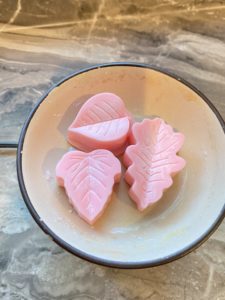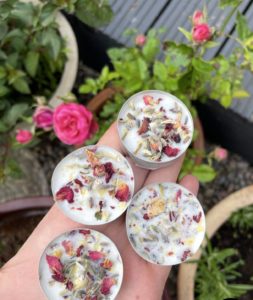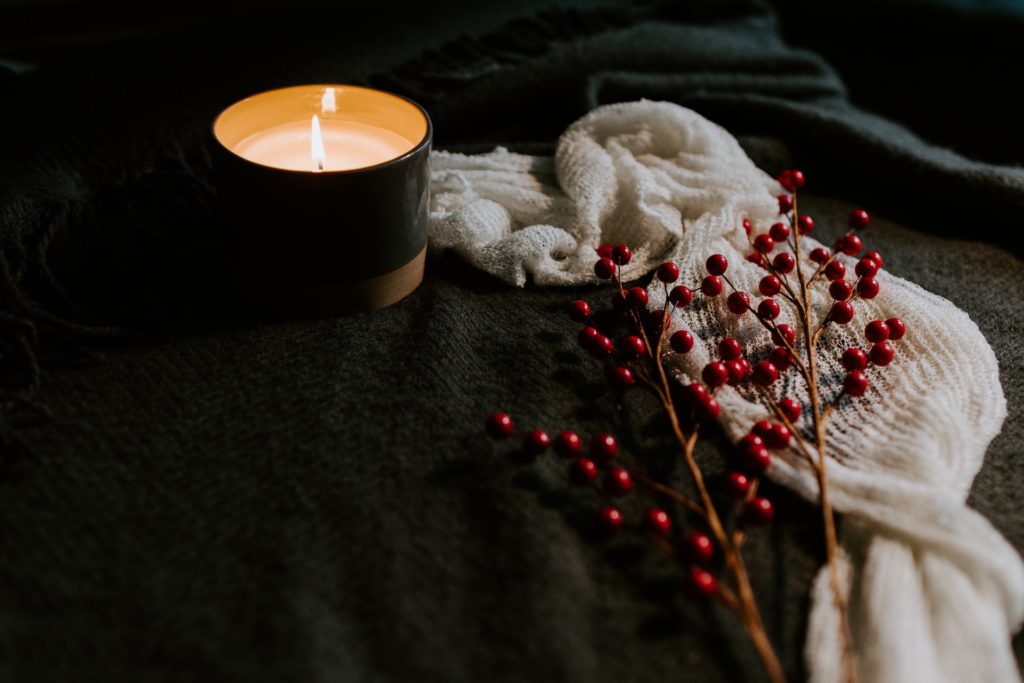The history of candles is fascinating, complex, and sometimes even surprising .Let’s dive into candle-making from its very origins right through to today, a time when the candles are a multi-billion dollar industry, we have discovered new ways of making them, and of course we’ve added scent. And it’s scent that we’ll focus on, from making candles with animal fat – imagine how they smelt – to the delicious variety of fragrances we have today
A History Of Candle Making
Candle-making can be traced back to the Egyptians, and the Roman Empire. Candles were used as an important source of light in religious celebrations.
Egyptians used “rushlights” a type of candle made of a rush plant, by soaking and dipping the dried core several times in melted animal fat or grease. These were cheap to make and used by poor people for a long time.
The Romans were thought to be the ones to make the first wicked candle. They would wrap a roll of papryus around a length of twine and dip it repeatedly in tallow. The way candles were used didn’t change, but they lasted longer and were better quality than rushlights.
Early Uses Of Candles Around The World
The Romans didn’t have the sole market in the making of candles. Many other early civilizations also invented wicked candles using waxes. In Japan candles wer made of wax extracted from tree nuts. Alaska and Canada used a “eulachon fish” as a candle. This is an edible fish. This fish was so oily that when dried it could burn like a candle when lite on one end. https://www.nationalgeographic.com/history/article/150707-salvation-fish-canada-first-nations-animals-conservation-world
Middle Ages; during this time 500AD for 1,000 years candle making took a dramatic change. No longer did they use smelly animal fat in making of their candles. Beeswax was starting to be used and growing in popularity. It is a much better smelling process and cleaner one. It is almost a smokeless burn. Due to the fact it was more expensive, it was used only in churches and wealthy homes. Just Sucks!!!.
Tallow candles were the common household candle for Europeans, and by the 13th century, candlemaking had become a guild craft in England and France. The candlemakers (chandlers) went from house to house making candles from the kitchen fats saved for that purpose, or made and sold their own candles from small candle shops.
How Candle making changed in 18th & 19th Century
Colonial women were the first Americans to offer their contribution to the candlemaking world by using the gray-green berries of the bayberry bush. Even though it smelled pleasant it was also so hard to extract. This was a short lived venture.
Whaling Industry was growing in the late 18th century. It brought the first major change in candlemaking since the Middle Ages, when spermaceti / a wax obtained by crystallizing sperm whale oil became available in mass. Like Beeswax, the whale oil didn’t produce nasty odors when burned. And it was also harder than tallow or beeswax. This was a welcomed sight because it wouldn’t bend in the summer heat. Historians note that the first “standard candles” were made from spermaceti wax.
It was during the 19th century that candle-making was truly revolutionized:
- 1820s – a French chemist extracted stearic acid from animal fatty acids which led to the development of a hard, clean wax called stearin, which is still used in Europe today.
- 1834 – the birth of industrialized candles. A molded candle production machine was invented and candles could be mass-produced. This also made them cheaper.
- 1850s – chemists separated paraffin from petroleum and refined it into paraffin wax, odorless, clean-burning, and economical.
However, it was also during the 19th century that the lightbulb was invented. With that, candle-making went into severe decline for more than 100 years.
Candle Making Today
Fast forward to 2022, the candle making process and materials have come a long way. Now our choices of waxes are very wide.
Waxes
Paraffin:: Inexpensive, Very hard but brittle. Holds high amount of FO, High melting point, Slower burn time, can be a smokey flame.
Beeswax: Hard wax, clean burning, food grade wax, highest melting point, drip less
Soy: Mid range price, slow burn, low fragrance hold, tends to shrink, pastel look when colored.
Coconut: Most expensive, clean burn, holds fragrance,colors very well, very little soot
Palm: Plant based oil, very firm,almost brittle, often mixed with soy, works well for pillars and votives.
Gel wax: Cobo of a resin and mineral oil, holds scent and colors well, transparent.
Rapeseed: Newer type, not common in U.S., mostly in EU, plant based, slow burn, good scent throw.
Styles Today
Candles don’t always have to have a wick. Just need a souce to burn it.



